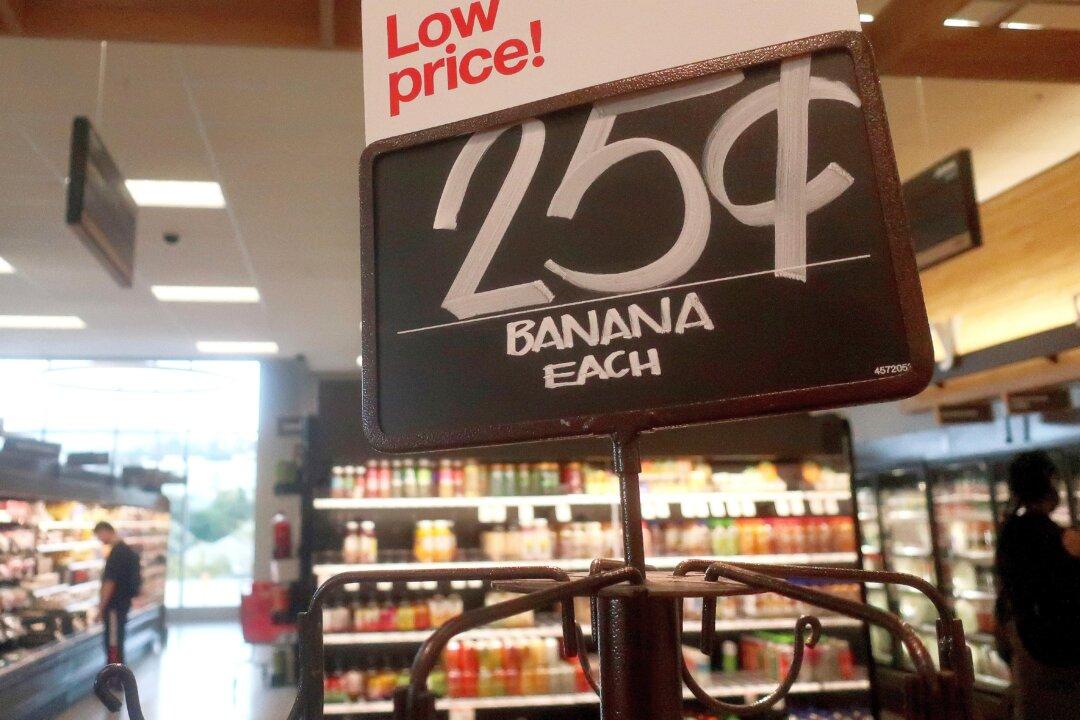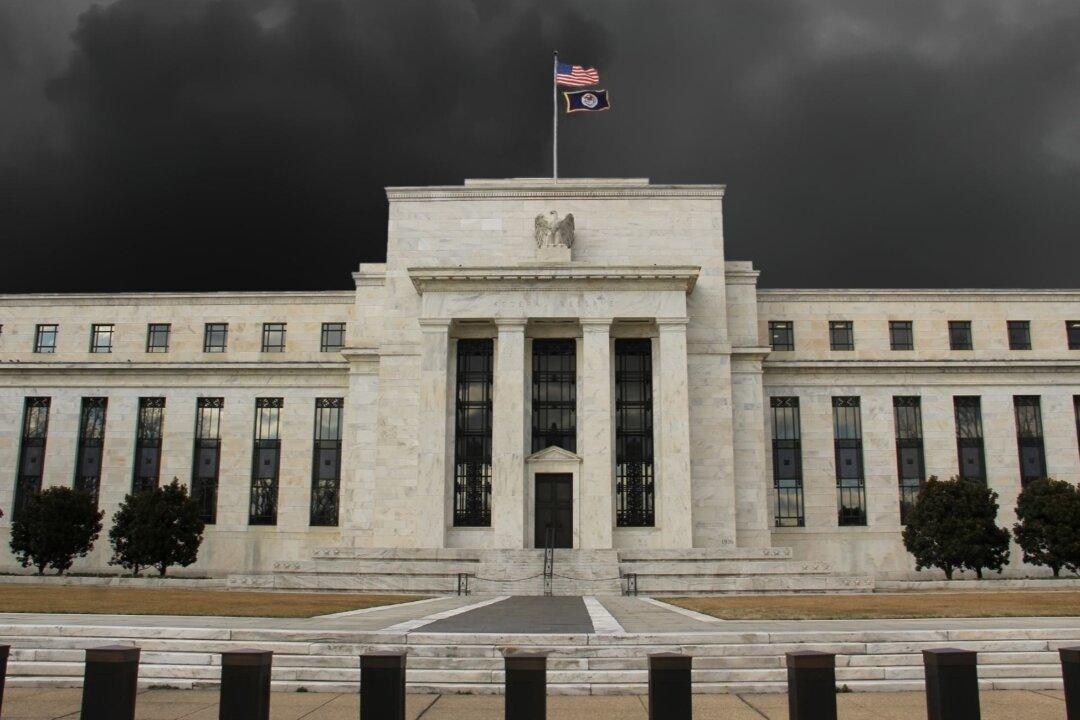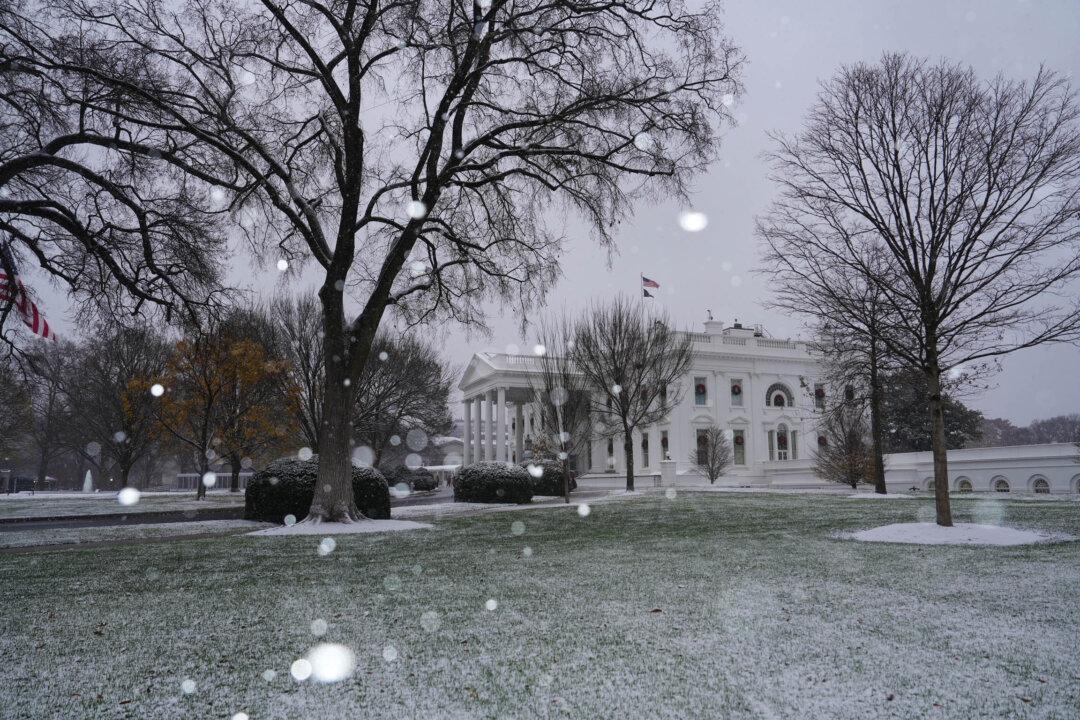Commentary
Here’s a thing I like to do on the day of Labor Department data releases. I read the actual release and look at the data and trend lines, then look at the details and see what’s driving the trend. I make a general judgment and write an imaginary headline.





